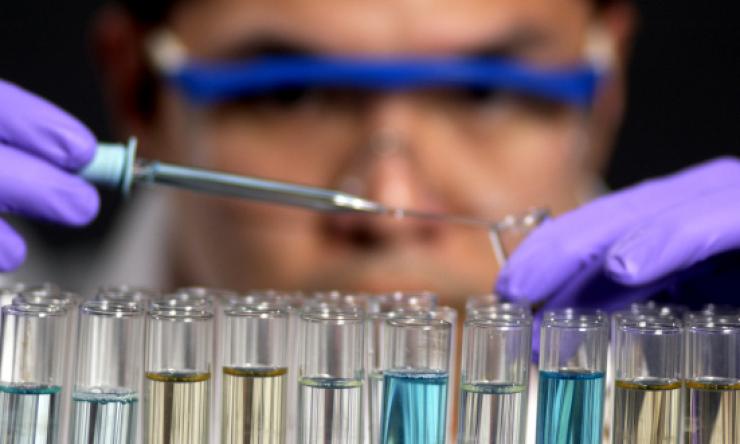Study: role of hematopoietic stem and progenitor cells in treating sepsis
Sepsis, an inflammatory syndrome that occurs when the body has an extreme response to an infection, is responsible for about 20% of deaths worldwide. A new study by researchers at Baylor College of Medicine suggests that infusion of new, healthy hematopoietic stem and progenitor cells (HSPCs) from the bone marrow could improve sepsis outcomes in a mouse model, with the hopes of eventually translating into new therapeutic strategies for sepsis in humans. Their report appears today in the journal eLife.
“Current treatment of sepsis includes transfusions of granulocytes, another type of immune cell, but this treatment has limited efficacy, a heavy dependence on large quantities of cells and frequent dosing. Here, we show an alternative approach that uses just a fraction of the cell number,” said Dr. Katherine King, associate professor of pediatrics – infectious diseases at Baylor College of Medicine and Texas Children’s Hospital and senior author of the paper. “A lot more work will need to be done to understand the potential and safety of HSPC infusion as a new treatment for sepsis.”
Sepsis induces excessive signaling of cytokines, molecules that relay immunological stress throughout an organism to establish an immune response. To understand the role of HSPCs, which are responsible for the day-to-day production of all blood and immune cells, during acute infection, the researchers studied infection with Streptococcus pyogenes, common bacteria that cause several diseases, including sepsis. This infection can infiltrate the bloodstream and other organs, causing high levels of inflammatory cytokines.
The researchers found that the infection significantly depletes HSPCs in the bone marrow and hypothesized that infusion of a healthy batch of these cells could improve bacterial clearance, reduce tissue damage and prolong survival. They found that mice that received the infusion showed a milder disease and lived longer than mice that did not receive the infusion treatment. Treated mice showed a significant decrease in inflammatory cytokines, especially cytokines that are known drivers of sepsis. Surprisingly, they also found that infusion did not significantly impact bacterial burden or their spread to other tissues.
“The findings suggest that infusion with HSPCs is beneficial during Streptococcus infection and promotes survival by a mechanism other than bacterial clearance,” King said. “We found that treated mice restored immune cells that are responsible for regulating immune responses and decreasing inflammation.”
For the past decade, King’s lab has worked to characterize the impact of infection and inflammation on bone marrow hematopoietic stem cell function, and this research is the first to show the direct role of hematopoietic stem cell division and differential in survival from sepsis.
The next steps in the research include understanding which subsets of HSPCs confer the strongest benefit, with particular attention to short-term progenitors that might dampen inflammation without creating concerns for long-term problems like graft versus host disease.
Others who took part in the study include Daniel E. Morales-Mantilla, Bailee Kain and Duy Le with Baylor College of Medicine, Anthony R. Flores with the University of Texas Health Science Center at Houston and the McGovern Medical School, and Silke Paust with Scripps Research Institute.
Funding for this study came from NIH grants R01HL136333, R01HL134880 and R35HL155672 and the Howard Hughes Medical Institute Gilliam Fellowship for Advanced Study. This project was supported by the Cytometry and Cell Sorting Core at Baylor College of Medicine with funding from the CPRIT Core Facility Support Award (CPRIT-RP180672) and the NIH (CA125123 and RR024574).










